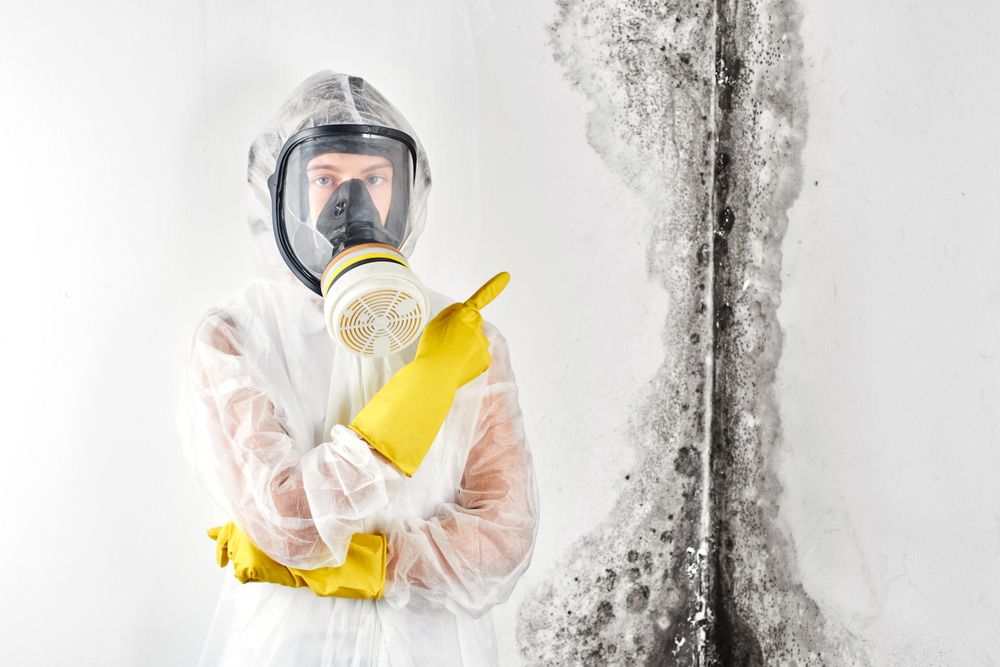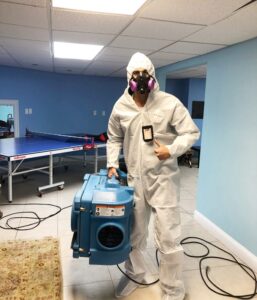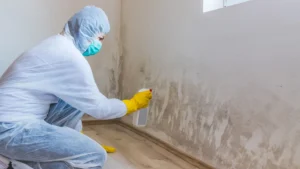Mold – the silent menace lurking in the corners of our homes and businesses, thriving on moisture and wreaking havoc on our health and property. As a homeowner or facility manager, combating this persistent problem can seem daunting, but with the right knowledge and tools, you can reclaim your space and maintain a healthy, mold-free environment. In this comprehensive guide, we’ll explore proven methods for detecting, treating, and preventing mold infestations, empowering you to take control and safeguard your living or working space.
Understanding the Mold Dilemma
The Causes of Mold Growth
Mold is a ubiquitous fungus that requires only three key elements to thrive: moisture, organic matter, and the right temperature. Leaky pipes, poor ventilation, and high humidity levels create the perfect breeding ground for mold spores to take hold and proliferate. From bathrooms and basements to attics and kitchens, mold can infiltrate virtually any area of a building, posing a constant threat to its occupants.
The Health Risks of Mold Exposure
Exposure to mold can have serious consequences for human health, particularly for those with allergies, asthma, or compromised immune systems. Mold spores can trigger respiratory issues, skin irritations, and even neurological problems in severe cases. Ignoring mold growth puts the well-being of your family or employees at risk, making prompt detection and remediation a top priority.
The Impact on Property Value and Structural Integrity
Mold doesn’t just affect your health – it can also compromise the structural integrity of your property and diminish its overall value. As mold spreads, it can deteriorate building materials like wood, drywall, and insulation, leading to costly repairs and potentially devaluing your home or commercial space.
Detecting Mold: The First Step to Elimination
Visual Inspection: Identifying Telltale Signs
The first line of defense against mold is a thorough visual inspection. Look for discoloration, staining, or fuzzy growth on surfaces, and pay attention to any musty odors that may indicate the presence of mold. Carefully examine areas prone to moisture, such as bathrooms, basements, and around windows and plumbing fixtures.
Professional Mold Inspections: Going Beyond the Surface
While a DIY visual inspection can uncover obvious mold, it may not reveal hidden infestations or identify the specific types of mold present. Enlisting the services of a professional mold inspector can provide a more comprehensive assessment, using specialized equipment and techniques to detect mold in hard-to-reach areas and determine the extent of the problem.
Mold Testing: Confirming the Presence and Type
In some cases, mold testing may be necessary to confirm the presence of mold and identify the specific species. This information can help guide the most effective remediation strategies, as different mold types may require tailored treatment approaches. Professional mold testing services use advanced analytical methods to provide accurate results and recommendations.
Effective Mold Removal Strategies
DIY Mold Removal for Small-Scale Infestations
For minor mold issues, homeowners can often tackle the problem using DIY methods. Natural solutions like white vinegar, baking soda, and tea tree oil have proven effective in killing mold and inhibiting its growth. These eco-friendly options can be applied directly to affected areas, followed by thorough scrubbing and cleaning.
Professional Mold Remediation for Larger or Complex Problems
When the mold problem exceeds a manageable size or is located in hard-to-reach areas, it’s best to enlist the help of professional mold remediation specialists. These experts have the necessary equipment, expertise, and safety protocols to ensure a comprehensive and effective mold removal process. They can also identify and address the root causes of the mold, preventing future recurrence.
Containment and Disposal Procedures
Proper containment and disposal of moldy materials are crucial to prevent the further spread of mold spores. Professionals use techniques like negative air pressure, HEPA filtration, and specialized bagging and disposal methods to minimize the risk of contamination during the remediation process.
Post-Remediation Verification and Clearance Testing
Once the mold has been removed, it’s essential to verify the effectiveness of the remediation efforts. Professionals may conduct additional testing, including air quality analysis and surface sampling, to ensure that the mold levels have been reduced to acceptable standards and the affected area is safe for reoccupation.
Preventing Future Mold Growth
Moisture Control: The Key to Mold Prevention
Controlling moisture is the foundation of mold prevention. Implement strategies such as proper ventilation, regular dehumidifier use, and prompt leak repairs to maintain optimal humidity levels and eliminate the primary driver of mold growth.
Mold-Resistant Building Materials and Design
When constructing or renovating a building, incorporate mold-resistant materials and design elements. This may include the use of mold-resistant drywall, paints, and insulation, as well as strategic placement of vents and windows to promote airflow and minimize moisture accumulation.
Routine Inspections and Proactive Maintenance
Regularly inspecting your property for signs of mold and addressing any issues promptly can significantly reduce the risk of mold infestations. Develop a maintenance routine that includes checking for leaks, monitoring humidity levels, and addressing any water-related problems before they escalate.
Educating Occupants on Mold Prevention
Empower your family members, tenants, or employees to be vigilant and proactive in mold prevention. Provide educational resources on the importance of proper ventilation, the identification of mold growth, and the steps to take when mold is suspected.
Eco-Friendly Mold Remediation Solutions
Natural Mold-Fighting Agents
In addition to traditional chemical-based mold removal products, there are several eco-friendly alternatives that can be just as effective. Substances like white vinegar, baking soda, and tea tree oil have demonstrated potent antifungal properties, making them a safe and sustainable choice for mold remediation.
Sustainable Cleaning Practices
When tackling mold, consider adopting environmentally conscious cleaning practices. This may involve the use of reusable microfiber cloths, concentrated cleaning solutions, and proper disposal methods to minimize waste and reduce the environmental impact of the remediation process.
Support for Eco-Conscious Companies
Look for mold remediation companies that prioritize sustainability and environmentally friendly practices in their operations. These businesses often use green cleaning products, employ energy-efficient equipment, and implement waste-reduction strategies, aligning with your commitment to a healthier, more sustainable living or working environment.
Overcoming Mold Removal Myths and Misconceptions
Debunking the Bleach Myth
While bleach may seem like a quick fix for mold, it is not the universal solution many believe it to be. Bleach is effective only on non-porous surfaces and can release harmful fumes, making it a less-than-ideal choice for comprehensive mold removal. Explore alternative, more effective and safer options for your mold remediation needs.
Addressing the “Painting Over Mold” Misconception
Painting over mold is a common but misguided attempt to conceal the problem. This approach does not address the underlying cause of the mold growth and often leads to the issue resurfacing, causing further damage and potentially compromising the health of the occupants.
Clearing the Air on Mold and Cleanliness
Contrary to popular belief, mold can thrive in even the cleanest of homes. The presence of mold is not a reflection of one’s cleaning habits but rather a result of the right environmental conditions for mold to proliferate. Maintaining a clean home is important, but it’s equally crucial to address the root causes of mold growth.
The Importance of Early Mold Intervention
Minimizing Long-Term Consequences
Ignoring mold can have far-reaching consequences, both for your health and the structural integrity of your property. Delaying mold remediation can lead to extensive damage, costly repairs, and potentially severe health issues for the occupants. Acting promptly is crucial to mitigate these risks and preserve the value of your home or commercial space.
Mold as an Indicator of Underlying Issues
Mold growth is often a symptom of deeper problems, such as leaks, poor ventilation, or high humidity levels. By addressing the mold problem, you can uncover and resolve the root causes, preventing future infestations and improving the overall health and efficiency of your building.
The Psychological Benefits of a Mold-Free Environment
Living or working in a mold-free space can have a profound impact on your overall well-being. Eliminating the constant worry and potential health risks associated with mold can reduce stress, improve mood, and foster a greater sense of comfort and security in your indoor environment.
Conclusion: Reclaim Your Space, Protect Your Health
Mold is a persistent foe, but with the right knowledge and strategies, you can effectively detect, treat, and prevent its growth. By understanding the causes of mold, utilizing proven removal techniques, and implementing long-term prevention measures, you can safeguard your home or business and create a healthier, more sustainable living or working environment.
Remember, addressing mold is not just about aesthetics – it’s a matter of protecting your health, preserving the value of your property, and ensuring the structural integrity of your building. Embrace the methods outlined in this comprehensive guide, and say goodbye to mold for good. Your family, employees, and future self will thank you for your proactive approach to mold management.
